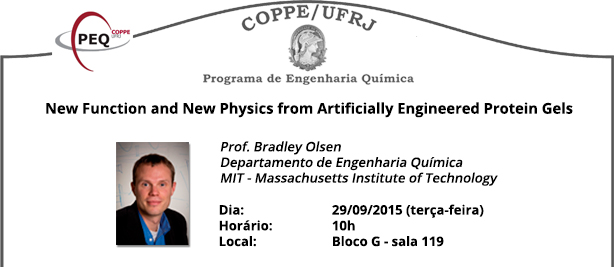 Artificially engineered protein hydrogels provide an attractive platform for biomedical materials due to their similarity to components of the native extracellular matrix and ability to be easily biofunctionalized to promote desired cellular responses. The well-defined sequences and low dispersity of these molecules also make them ideal as model hydrogels to better understand polymer physics and mechanics.
Artificially engineered protein hydrogels provide an attractive platform for biomedical materials due to their similarity to components of the native extracellular matrix and ability to be easily biofunctionalized to promote desired cellular responses. The well-defined sequences and low dispersity of these molecules also make them ideal as model hydrogels to better understand polymer physics and mechanics.
A better understanding of the polymer science underlying hydrogel structure and mechanical response can also help to extend the range of mechanical properties achievable with such biofunctional systems, including producing materials that are tough, adhesive, highly extensible, or have an extremely high stiffness. This talk will illustrate the power of genetic engineering for protein polymer design, showing an example of new sequence discovery to produce emergent properties in synthetic hydrogels and new physics that is found using these model materials.
In a first example, we develop a minimal consensus repeat sequence of amino acids that is adapted from a nucleoporin, a category of protein that fills nuclear pores to regulate transport into and out of the nucleus. Using molecular biology, polymer hydrogels are prepared from this consensus repeat, showing that they retain the nucleoporin’s molecular filtering properties in a material with significantly improved synthetic yield and engineering control. In a second example, we show that associative protein hydrogels can be used as models for the study of diffusion in hydrogel systems. Using Forced Rayleigh scattering (FRS) to measure diffusion at small length scales, we discovered a super-diffusive regime for self-diffusion in associative polymers. This regime can be captured by a
simple two-state model for transport in the gels.






